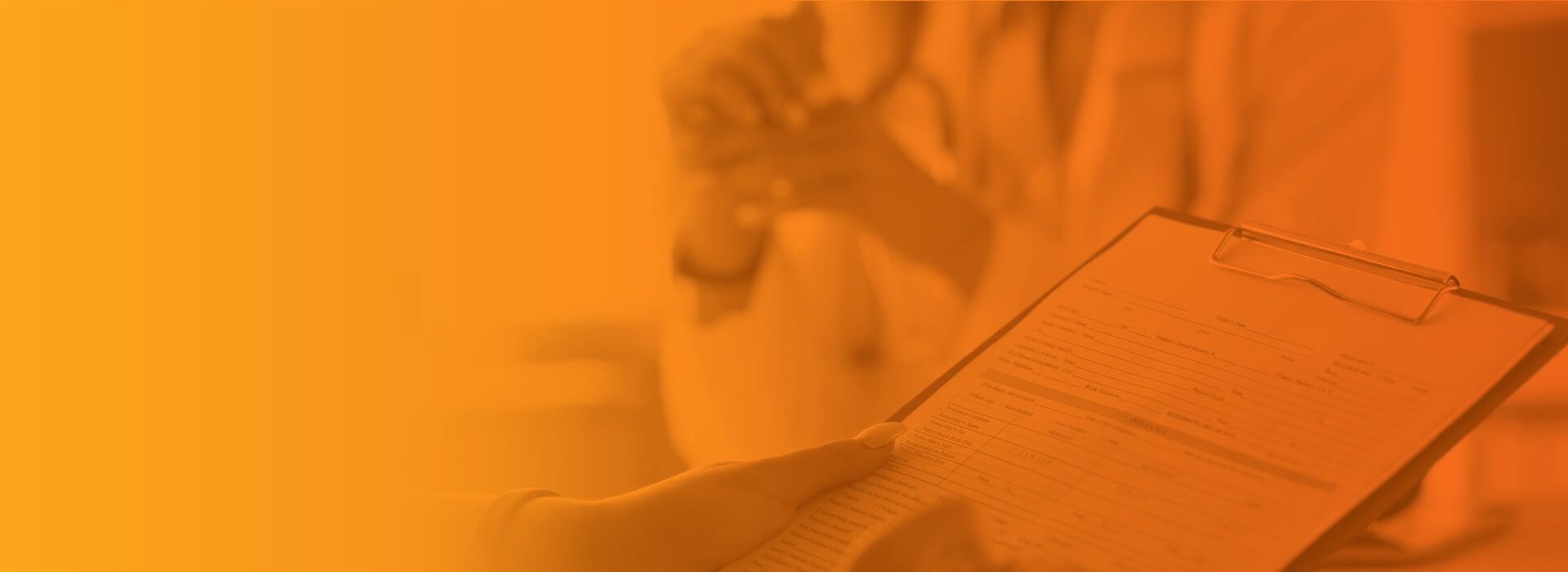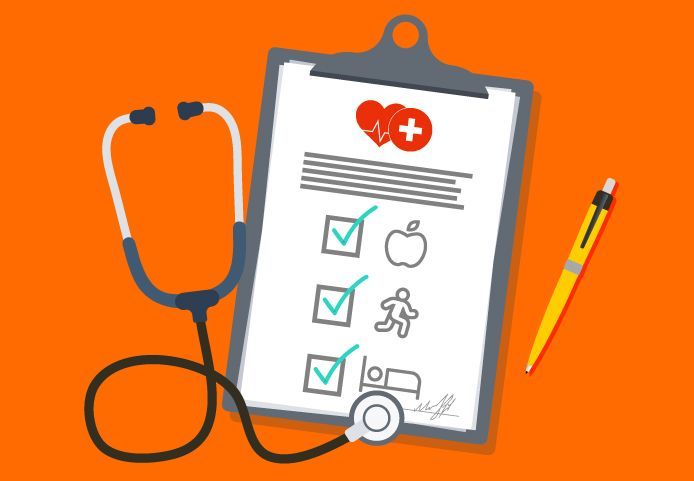
In this three-part series of blog posts, we address why open enrollment is so important to employees, their employers, and health plans. And yet it is an event that many employees overlook, do not understand, and are prone to avoid for as long as possible. In this second post, we will discuss the information that is gathered during open enrollment and its importance to guide employee care management. In the first post, we addressed the basic details of open enrollment and the differing benefits needed for different age groups, particularly people approaching age 26 and 65. And in the third post, we will discuss how employees can choose and change their Primary Care Physician (PCP) and why this is a key component for them to gain the maximum value when working within their network choices.

Open enrollment is the only time that employees can sign up or renew their benefits plans with their employers (barring certain circumstances such as a new job, marriage, birth, adoption, or divorce). Despite the fact that this process occurs every year at the same time, many people simply let their insurance choices carry over from year to year without revisions, wait for the last minute to try and enroll and make changes in the 11th hour, or else, miss the deadline for enrollment altogether.
Employee engagement around open enrollment is something that can and should be actively maintained and encouraged throughout the year so that open enrollment is just one part of your employees’ experience around their overall health and wellness. Your open enrollment process is just the beginning of an ongoing health management process where your employees are partnering with their health plan to fully use their benefits to improve outcomes and lower costs. With Ushur’s Invisible App™, you can encourage more employees to participate right from the start by completing their Health Risk Assessment (HRA) and to then receive proactive and personalized wellness program invitations. Then for the balance of the year, the health plan can check in with each employee to follow their participation, impact, and satisfaction.

Health Risk Assessments or Health Risk Appraisals are a patient-provided overview, usually but not always, in the form of a questionnaire, used to assess an individual's health status, risks, and habits.
In fact, as of 2019, 72% of large firms requested employees complete an HRA, either with an incentive or not. HRAs typically collect data from employees about their nutrition, fitness activities, stress levels, sleep habits, mental health, and sometimes even physical, and biometric information like blood pressure and cholesterol.
However, in the realm of healthcare, health plans and medical providers agree that these appraisals are not simply a bunch of data and personal information collected only to be stored away.
The employee information that is collected on HRAs allows health care professionals to use the data in order to develop health profiles that can predict future health risks based on lifestyle and behavior. “Asking individuals about their habits and feelings—including their change readiness—gives health professionals insight into an individual’s risk of chronic diseases and which unhealthy habits an individual is ready to improve.”
These profiles not only provide health plans a way to advise and steer employees to better health but also guide wellness programs that can then encourage healthy living. For example, a company can hold semi-annual health fairs offering information on healthy living, different health screenings, and/or flu shots.
Despite the requests for HRAs in the workforce and the associated health promotions that go along with it, few employees一as little as 4%一actually complete the form.
Ushur’s no code, AI-powered Invisible App™ can help change those numbers.
The open enrollment process involves a lot of data gathering and in the beginning, much of it is sensitive personal and medical data. Data privacy is a growing concern for everyone, warranting an HRA invitation to include transparency in how the employee’s response will be used. There is a compelling “what’s in it for me” story to share with the employee that can be missed with a traditional form request.
Employees that need to make a change may be less likely to complete the HRA, especially if the invitation to complete the form signals a time-consuming process to follow. However, with Ushur’s Invisible App™, the process is easy to complete using the channel of their choice. This component of the Ushur platform provides employees with a highly engaging interface that guides them into the start of a vital collaboration with their health plan after open enrollment. The initial engagement sets the tone for the rest of the health care management process; easy, intuitive, and accessible.
Traditionally, companies use health care portals to collect data一that ends up unused in a stand-alone database, disconnected from legacy systems that can use the gathered information. Ushur’s Invisible App™ seamlessly takes the employees’ collected data and delivers it to the relevant backend systems. Health plans can work with employers to select care programs that are tailored to a specific organization’s needs.
Ushur uses intuitive AI-driven processes to keep employees happy, comfortable, and engaged - and makes their health plan an essential part of their tool kit for healthy living.
